Home>Gardening & Outdoor>Landscaping Ideas>How To Get Rid Of Morning Glory In Grass
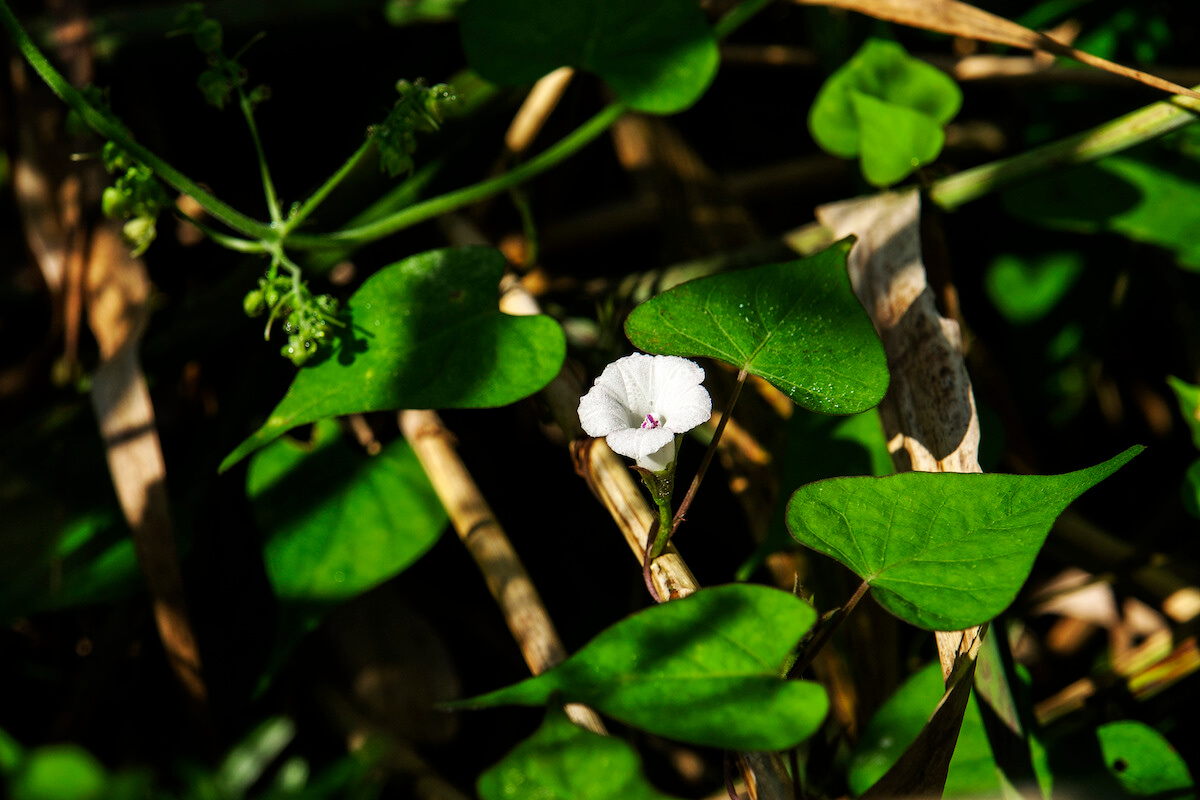

Landscaping Ideas
How To Get Rid Of Morning Glory In Grass
Modified: February 18, 2024
Learn effective landscaping ideas to eliminate morning glory from your grass and reclaim your beautiful lawn. Expert tips for a weed-free yard.
(Many of the links in this article redirect to a specific reviewed product. Your purchase of these products through affiliate links helps to generate commission for Storables.com, at no extra cost. Learn more)
Introduction
Landscaping enthusiasts often encounter the challenge of dealing with invasive weeds that can disrupt the beauty and health of their grass. Among these unwelcome intruders, morning glory stands out as a particularly resilient and fast-spreading foe. Its ability to quickly take over an area can be frustrating for homeowners who take pride in maintaining a lush, vibrant lawn.
In this comprehensive guide, we will delve into the world of morning glory, equipping you with the knowledge and strategies needed to effectively tackle this persistent weed. Whether you're a seasoned gardener or a novice in the realm of lawn care, understanding how to identify, remove, and prevent morning glory in your grass can make a significant difference in the overall appeal of your outdoor space.
By the end of this article, you will be well-versed in the best practices for combating morning glory, empowering you to reclaim and maintain a flourishing lawn that is free from the clutches of this formidable intruder. Let's embark on this journey to restore the natural beauty of your grass and preserve the serenity of your outdoor oasis.
Key Takeaways:
- Morning glory is a resilient weed that can take over your lawn, but manual removal methods like hand pulling and mulching can help control its spread in a natural and eco-friendly way.
- To prevent morning glory from infesting your grass, focus on promoting healthy grass growth, using landscape barriers, and staying vigilant to promptly address any weed growth.
Read more: How To Eat Morning Glory Seeds
Understanding Morning Glory
Morning glory, scientifically known as Ipomoea, is a genus of flowering plants that encompasses over 1,000 species. These plants are characterized by their heart-shaped leaves and trumpet-shaped flowers, which bloom in various shades of blue, pink, purple, and white. While some species are cultivated for their ornamental beauty, others, such as the field bindweed (Convolvulus arvensis), are notorious for their invasive nature.
Field bindweed, often referred to as morning glory due to its similar appearance, is a perennial vine that can rapidly overtake lawns, gardens, and agricultural fields. Its extensive root system and prolific seed production make it a formidable adversary for anyone seeking to maintain a pristine landscape. This weed thrives in a wide range of soil types and climatic conditions, further adding to its tenacity and ability to spread rapidly.
One of the most remarkable traits of morning glory is its resilience. The plant can propagate through both seeds and creeping roots, allowing it to establish a strong foothold in the soil and outcompete desirable grass and plants. Additionally, the seeds of morning glory can remain viable in the soil for several years, making eradication efforts even more challenging.
Understanding the growth habits and reproductive mechanisms of morning glory is crucial in devising effective strategies for its control and elimination. By gaining insight into the tenacious nature of this weed, you can better equip yourself to combat its encroachment and safeguard the health and aesthetics of your lawn.
Identifying Morning Glory in Grass
Recognizing morning glory amidst the expanse of your grass is essential for implementing targeted control measures. The distinctive characteristics of this invasive weed can aid in its identification, enabling you to take prompt action to mitigate its spread.
One of the primary visual indicators of morning glory is its heart-shaped leaves, which typically alternate along the stem. These leaves may vary in size and color, ranging from vibrant green to a bluish hue, depending on the specific species. The presence of slender, twining vines is another hallmark of morning glory, as these tendrils allow the plant to climb and intertwine with surrounding vegetation, including grass blades.
When morning glory blooms, its trumpet-shaped flowers emerge in an array of colors, often exhibiting a striking contrast against the backdrop of the grass. These blooms, which may appear white, pink, purple, or blue, contribute to the plant’s ornamental allure but also serve as a clear indicator of its presence in the lawn.
As morning glory matures, it produces small, round seed capsules that contain numerous seeds. These capsules, often nestled among the foliage, are a key feature for distinguishing morning glory from surrounding grass and plants. The seeds themselves are typically dark and may be dispersed by wind, animals, or human activity, further facilitating the weed’s spread.
When inspecting your grass for signs of morning glory, pay close attention to areas where the weed is likely to thrive, such as along fences, in neglected patches of the lawn, or near garden beds. By familiarizing yourself with the physical attributes and growth patterns of morning glory, you can effectively pinpoint its presence and take decisive measures to address the infestation.
Manual Removal of Morning Glory
While morning glory’s tenacious nature presents a formidable challenge, manual removal remains a viable and environmentally friendly method for controlling its spread in grass. By employing strategic techniques and consistent vigilance, you can gradually diminish the presence of this invasive weed and prevent it from overtaking your lawn.
1. Hand Pulling: One of the most straightforward approaches to tackling morning glory involves hand pulling the weed. When the soil is moist, grasp the base of the plant firmly and pull it upward, ensuring that you extract as much of the root system as possible. Regularly inspect the grass for new growth and repeat the process to prevent the weed from establishing a stronghold.
2. Mulching: Applying a layer of organic mulch, such as wood chips or straw, can impede the growth of morning glory by depriving it of sunlight and hindering its ability to take root. Mulching also helps retain moisture in the soil, benefiting the desirable grass while creating an inhospitable environment for the weed.
3. Cultivation: Using a hand cultivator or hoe, carefully loosen the soil in infested areas to disrupt the root system of morning glory. This method can be particularly effective when combined with hand pulling, as it weakens the weed’s hold on the soil and facilitates its removal.
4. Vigilance and Persistence: Consistent monitoring and prompt removal of emerging morning glory plants are crucial for preventing their proliferation. By staying attentive to the presence of this weed in your grass and promptly addressing any new growth, you can limit its ability to spread and establish new colonies.
While manual removal demands patience and diligence, it offers the advantage of minimizing the reliance on chemical interventions and promoting a more natural balance within your lawn. By integrating these methods into your lawn care routine, you can gradually reduce the prevalence of morning glory and reclaim the vitality of your grass.
To get rid of morning glory in grass, manually pull out the vines and roots, making sure to remove all of it. Apply a pre-emergent herbicide in the spring to prevent new growth. Regular mowing can also help weaken the plants over time.
Chemical Control of Morning Glory
When manual removal alone proves insufficient in managing a pervasive morning glory infestation, chemical control methods can provide an effective means of curbing its spread and regaining control of your grass. It is essential to approach chemical interventions with caution, adhering to safety guidelines and selecting products that target morning glory while minimizing harm to desirable vegetation.
1. Selective Herbicides: Herbicides formulated specifically for broadleaf weed control, such as those containing 2,4-D or dicamba, can be applied to target morning glory while preserving the health of grass species. These selective herbicides work by disrupting the growth processes of the weed without adversely affecting the surrounding turf.
2. Non-Selective Herbicides: In cases where morning glory has overtaken large areas of the lawn and manual removal is impractical, non-selective herbicides like glyphosate can be employed to eradicate the weed. It is important to exercise caution when using non-selective herbicides, as they can harm all vegetation they come into contact with, necessitating precise application to minimize collateral damage.
3. Pre-Emergent Herbicides: Pre-emergent herbicides, when applied at the appropriate time, can impede the germination of morning glory seeds, preventing new plants from taking root in the grass. These products create a barrier in the soil that inhibits seedling establishment, offering a proactive approach to weed control.
4. Application Considerations: When utilizing herbicides, it is crucial to follow the manufacturer’s instructions meticulously, adhering to recommended application rates and safety precautions. Consider factors such as weather conditions, soil moisture, and the presence of desirable plants when determining the optimal timing for herbicide application.
While chemical control methods can be effective in combatting morning glory, it is imperative to exercise prudence and environmental responsibility when utilizing herbicides. Careful consideration of the potential impact on surrounding vegetation and ecosystems is essential in ensuring the targeted eradication of morning glory while safeguarding the overall health of your lawn.
Read more: How To Use Morning Glory Seeds
Preventing Morning Glory Infestation
Implementing proactive measures to prevent the establishment and proliferation of morning glory in your grass is crucial for maintaining a healthy and visually appealing lawn. By adopting a multifaceted approach that addresses environmental conditions, cultural practices, and vigilant maintenance, you can create an inhospitable environment for this invasive weed, minimizing the risk of infestation.
1. Encourage Healthy Grass Growth: Promoting the vigor and density of your grass through proper fertilization, regular mowing, and adequate irrigation can help create a robust turf that is less susceptible to weed encroachment. Well-nourished and well-maintained grass competes more effectively with weeds, including morning glory, reducing their ability to establish a foothold.
2. Mulch and Landscape Fabric: Utilizing organic mulch and landscape fabric in garden beds and around trees can inhibit the growth of morning glory while enhancing the visual appeal of your landscape. These materials serve as barriers that impede weed growth, minimizing the need for extensive manual labor and chemical interventions.
3. Timely Weed Control: Promptly addressing the emergence of weeds, including morning glory, is essential for preventing their proliferation. Regularly inspect your lawn and garden for signs of weed growth, and promptly remove any intruders to prevent the dispersal of seeds and the establishment of new colonies.
4. Soil Testing and Amendment: Conducting periodic soil tests and amending the soil as needed to optimize its pH and nutrient levels can contribute to the overall health of your grass while creating an environment that is less hospitable to weeds. Well-balanced soil supports the growth of desirable plants, reducing the opportunities for invasive species to take hold.
5. Vigilant Monitoring: Remain attentive to changes in your landscape, such as the appearance of morning glory or other invasive weeds. Regular monitoring allows for the early detection of potential infestations, enabling you to intervene promptly and prevent the unchecked spread of these unwelcome intruders.
By integrating these preventive measures into your lawn care regimen, you can fortify the resilience of your grass while mitigating the risk of morning glory infestation. Cultivating a healthy and well-maintained landscape not only enhances the aesthetic appeal of your outdoor space but also contributes to the long-term vitality of your grass and plants.
Conclusion
As a pervasive and resilient weed, morning glory poses a formidable challenge to the maintenance of a pristine and healthy lawn. Its rapid growth, prolific seed production, and tenacious root system make it a persistent adversary for homeowners and landscapers alike. However, armed with a comprehensive understanding of morning glory and a repertoire of effective control strategies, you can reclaim the beauty and vitality of your grass.
By familiarizing yourself with the distinctive characteristics of morning glory and honing your ability to identify and differentiate it from desirable plants, you can swiftly address its presence in your lawn. Manual removal methods, including hand pulling, mulching, and cultivation, offer environmentally friendly approaches to curbing the spread of morning glory while promoting the health of your grass.
For more extensive infestations, judicious employment of chemical control methods can provide targeted intervention to suppress the weed’s growth and prevent its encroachment on your lawn. Selective herbicides, non-selective herbicides, and pre-emergent herbicides offer diverse options for combating morning glory, provided they are applied with care and consideration for the surrounding environment.
Preventive measures play a pivotal role in fortifying your lawn against morning glory infestation. By fostering the robust growth of your grass, implementing landscape barriers, and maintaining vigilant monitoring, you can create an inhospitable environment for weeds while nurturing the overall health and resilience of your landscape.
Ultimately, the battle against morning glory is a testament to the dedication and care invested in cultivating a thriving and visually captivating lawn. By integrating a combination of manual, chemical, and preventive strategies, you can effectively manage morning glory infestations and preserve the natural beauty of your outdoor space for years to come.
Embrace the journey of nurturing your lawn, armed with the knowledge and techniques to overcome the challenges posed by morning glory. With perseverance, informed decision-making, and a steadfast commitment to your landscape, you can transform your outdoor oasis into a flourishing haven that is free from the clutches of invasive weeds.
Frequently Asked Questions about How To Get Rid Of Morning Glory In Grass
Was this page helpful?
At Storables.com, we guarantee accurate and reliable information. Our content, validated by Expert Board Contributors, is crafted following stringent Editorial Policies. We're committed to providing you with well-researched, expert-backed insights for all your informational needs.

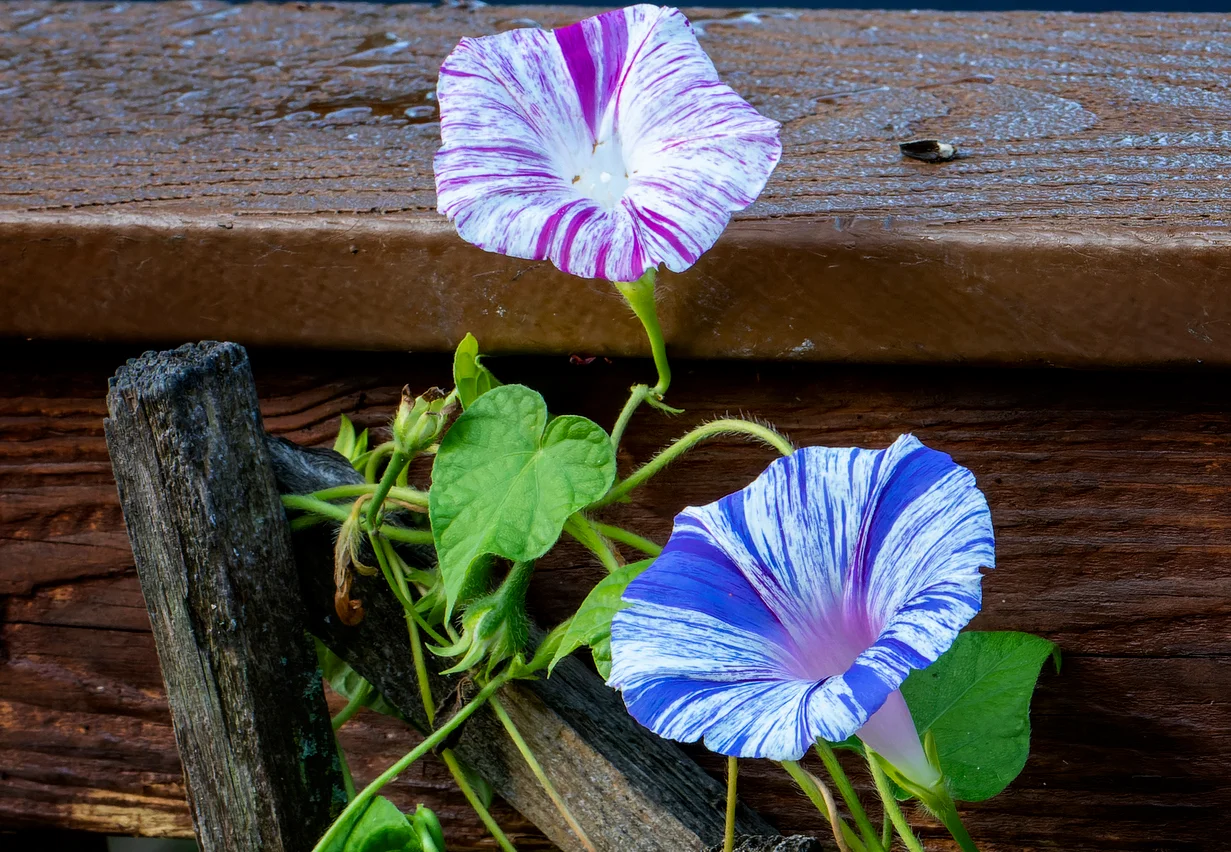
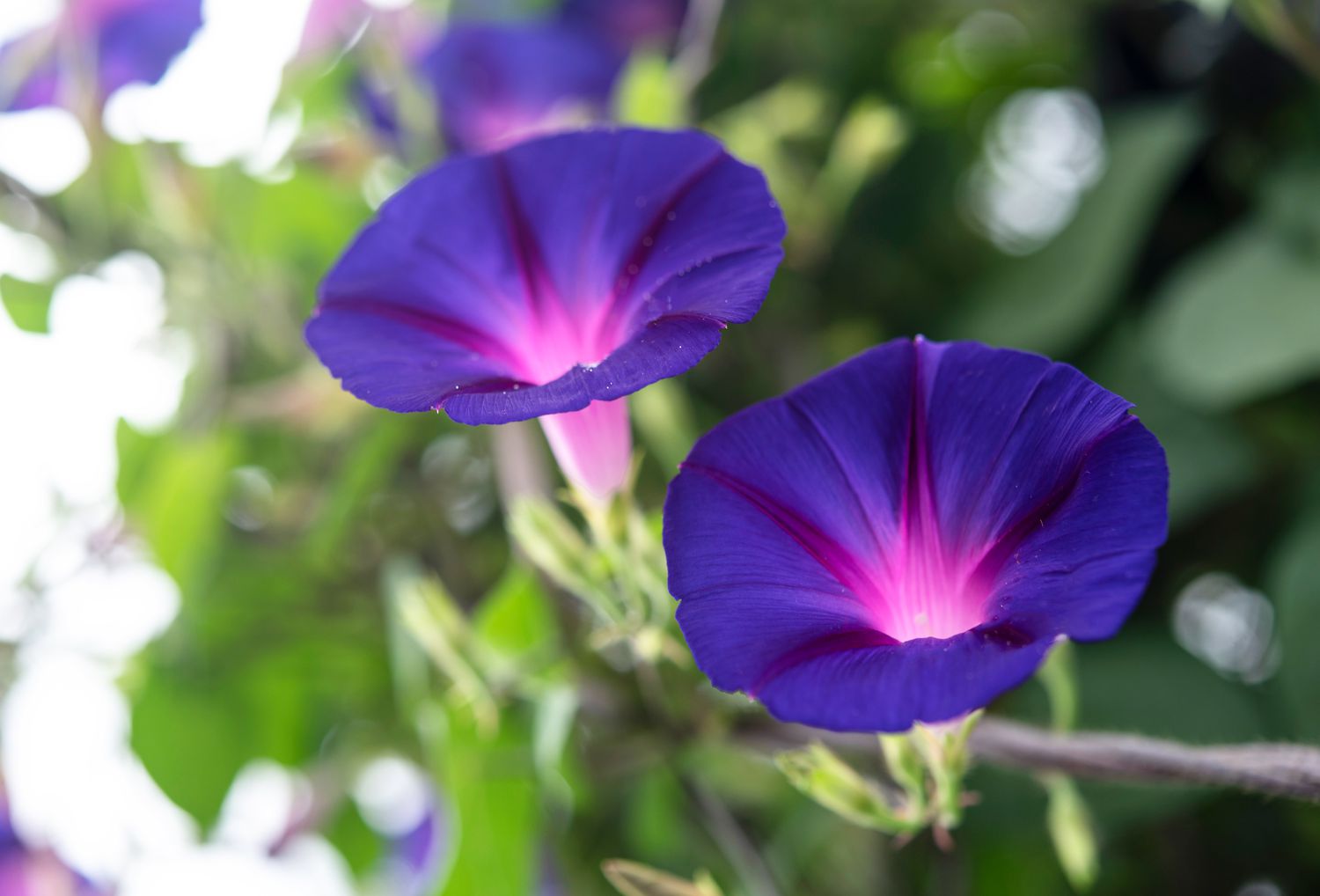
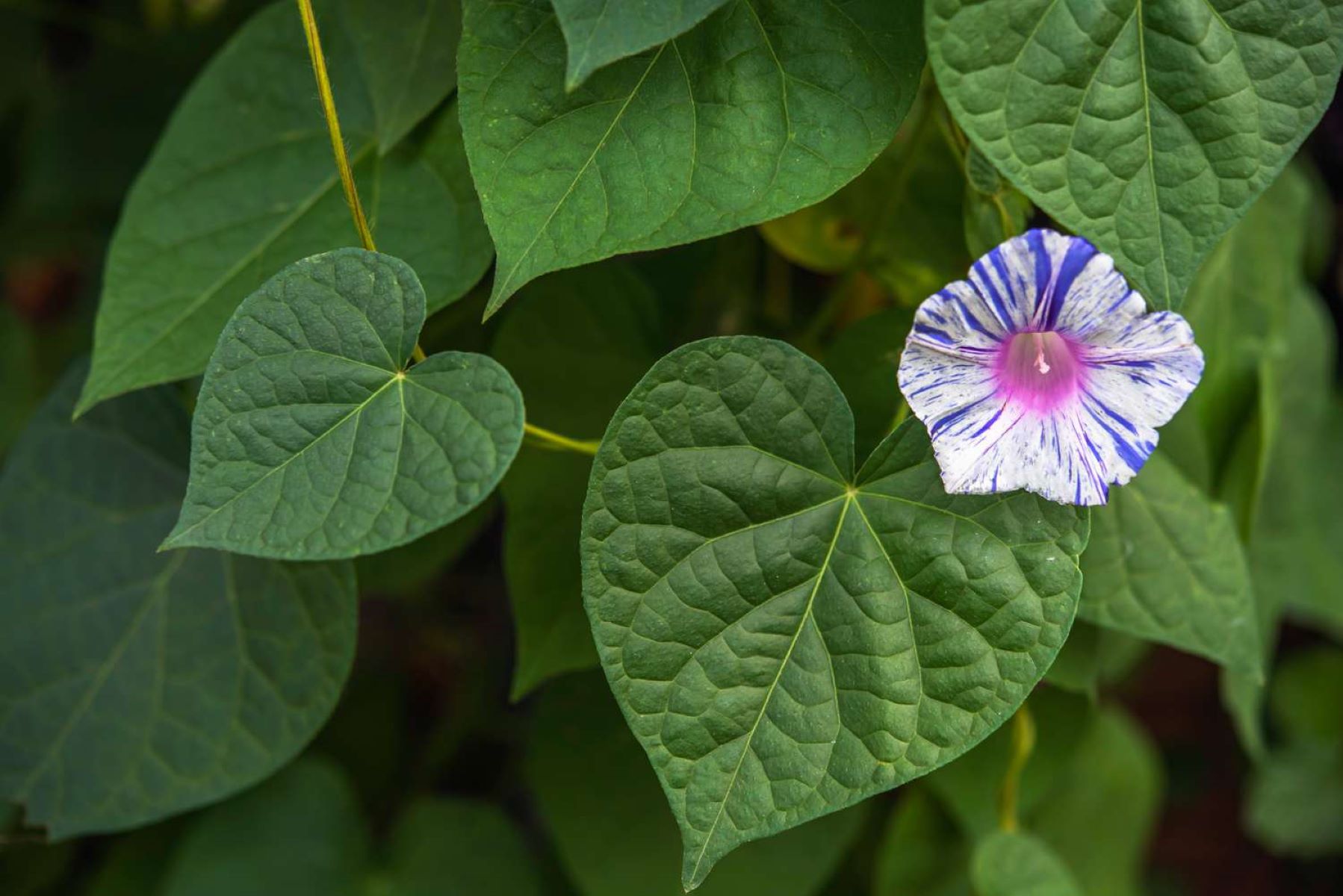
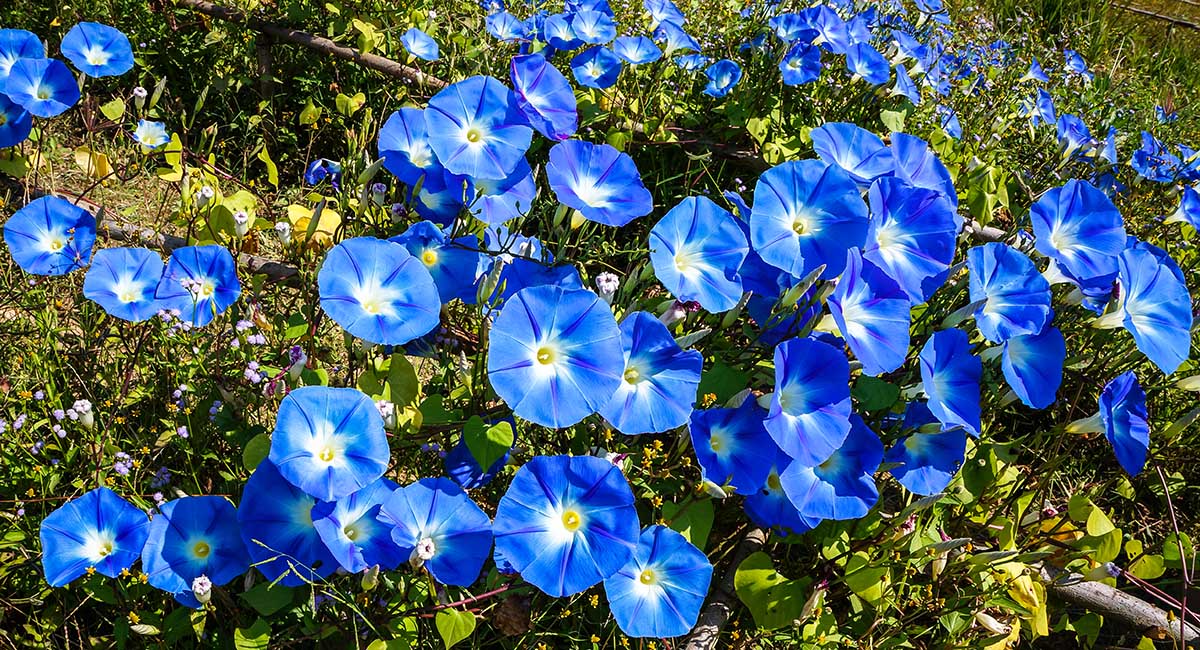










0 thoughts on “How To Get Rid Of Morning Glory In Grass”